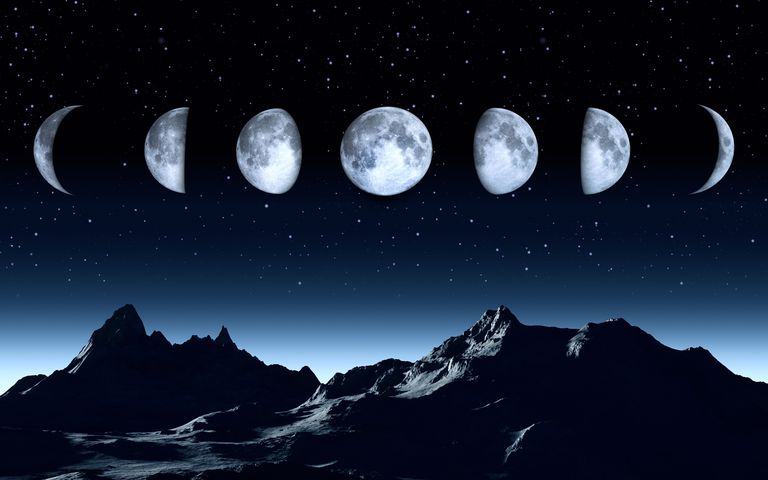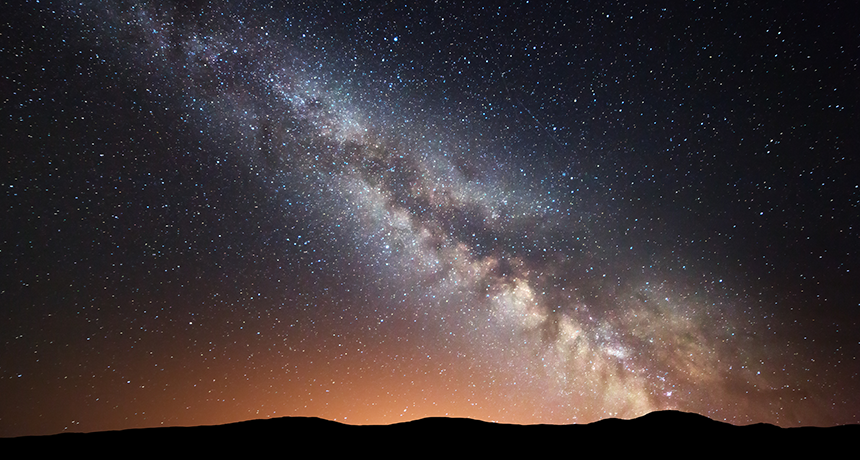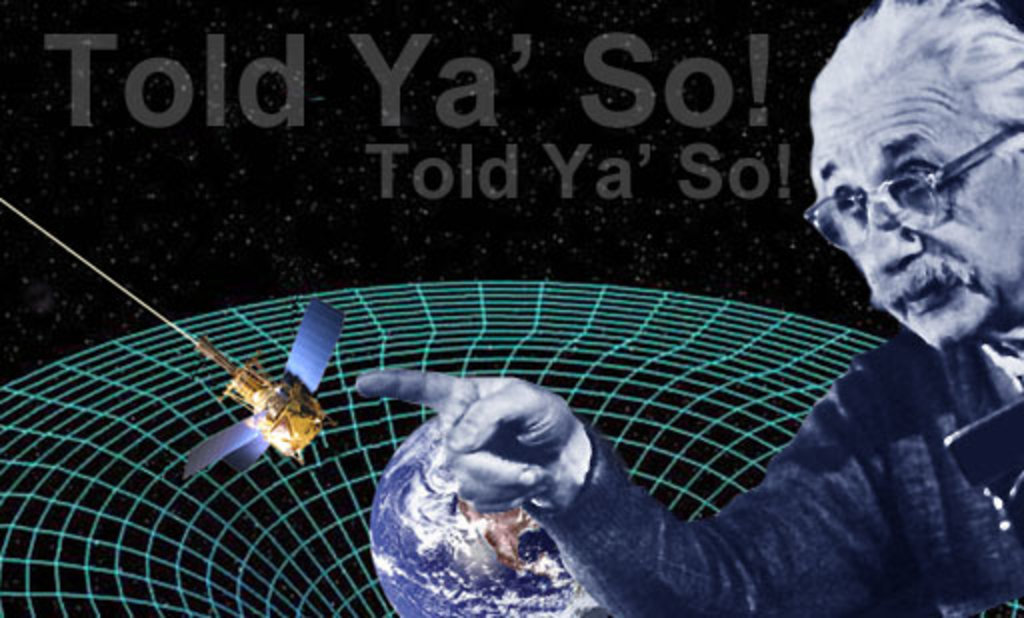
This post has been updated and republished from Sept 2017.
A solar eclipse is the most amazing astronomical sight you’ll ever see.
Not only is it the only time you’ll ever be able to clearly see the “new moon” phase of the moon, it’s the only time you’ll ever see the sun’s corona. And it’s the only time that, under very specific circumstances, you can actually look directly at the sun for a few moments.
But it’s not just an astronomical event. It’s an experience. You can see the moon’s shadow rushing toward you. Nature falls silent. It’s night during the day.
And there’s one coming up on April 8, 2024.
So, let me tell you a bit about what’s happening in the sky—and give you a few important safety warnings!
(If you’re wondering what happened to our unit on active galaxies, not to worry–I’m still publishing the next post this week!)
Continue reading







